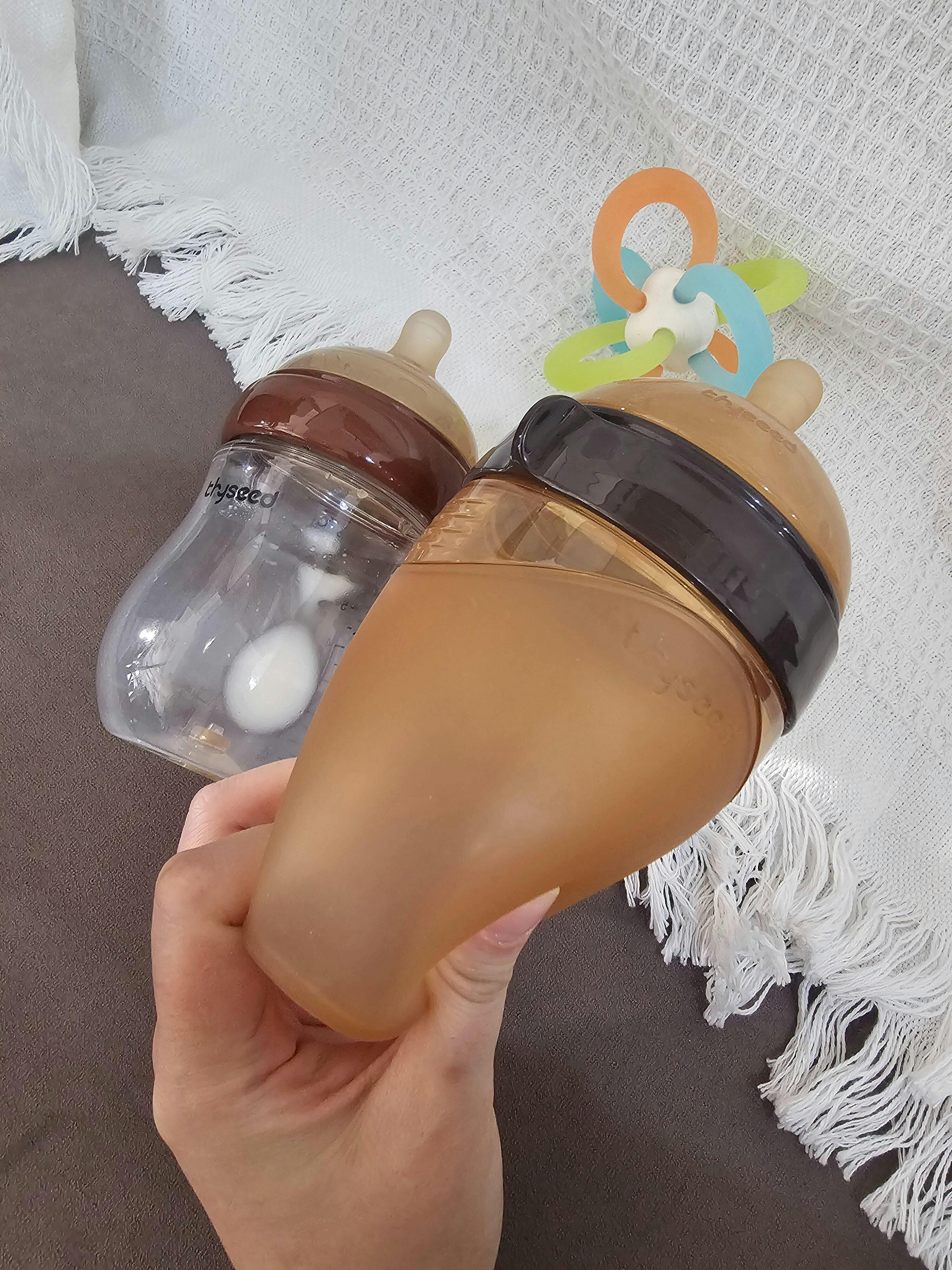Unlock the Secret: Why Breast-Shaped Bottles Are a Game Changer for Feeding Your Baby!
In the ever-evolving world of infant feeding, breast-shaped bottles have emerged as a revolutionary option for parents seeking a more natural alternative to traditional baby bottles. These innovative bottles are designed to replicate the shape and feel of a mother's breast, making them a popular choice among those who want to ensure a smoother transition between breastfeeding and bottle feeding. As more parents become aware of the benefits these bottles offer, they are quickly gaining traction in households worldwide. In this article, we will explore the numerous advantages of breast-shaped bottles, including their unique design features and practical usage tips, helping you make an informed decision for your infant's feeding needs.

Understanding Breast-Shaped Bottles
Breast-shaped bottles are specially designed feeding bottles that mimic the natural shape of a mother's breast. Unlike conventional baby bottles that often have a rigid, uniform shape, breast-shaped bottles feature a soft, contoured design that encourages the baby to latch on in a way that resembles breastfeeding. The nipple of these bottles is typically wider and shallower, accommodating the baby's natural sucking motion and promoting a comfortable feeding experience. This design can be particularly beneficial for infants who are transitioning from breastfeeding to bottle feeding, as it helps maintain the familiar experience of nursing. Additionally, many breast-shaped bottles come with features such as flexible nipples and anti-colic systems, further enhancing their appeal for parents concerned about their baby's feeding habits.
Benefits of Breast-Shaped Bottles
The benefits of using breast-shaped bottles are numerous and can significantly improve the feeding experience for both babies and parents. One of the standout advantages is their ability to promote a natural latch. The design of these bottles encourages infants to latch on in a manner similar to breastfeeding, which is crucial for ensuring effective feeding and reducing the risk of feeding difficulties. Moreover, breast-shaped bottles help minimize nipple confusion—a common issue faced by breastfeeding mothers when their infants struggle to switch between breast and bottle. By providing a familiar shape, these bottles ease the transition and allow for a more seamless feeding experience. Lastly, the comfort factor cannot be overlooked. The gentle contours and soft materials used in breast-shaped bottles enhance comfort for the baby, making feeding time an enjoyable experience.
Promoting a Natural Latch
Achieving a natural latch is essential for successful feeding, and breast-shaped bottles play a significant role in this process. The design encourages the baby to open their mouth wide and latch onto the nipple, mimicking the breastfeeding experience. This is particularly important for newborns and infants who are still developing their feeding skills. A friend of mine, a new mother, shared her experience of using breast-shaped bottles with her daughter. She noticed that her baby was able to latch on easily, which not only made feeding more efficient but also reduced the stress of transitioning to bottle feeding.
Reducing Nipple Confusion
Nipple confusion can be a challenging hurdle for many breastfeeding mothers. It occurs when infants struggle to adjust between the breast and a traditional bottle nipple, leading to frustration for both parties. Breast-shaped bottles are designed to alleviate this issue by providing a familiar shape and feel. By using these bottles, parents can help their babies maintain their natural feeding instincts, reducing the likelihood of confusion. A close friend who faced this issue with her son turned to breast-shaped bottles, and she was amazed at how quickly he adapted to them, allowing her to enjoy more flexibility in her feeding routine.
Enhancing Comfort for the Baby
Comfort during feeding is paramount for ensuring that both the baby and parent have a positive experience. Breast-shaped bottles are crafted with comfort in mind, featuring soft, flexible nipples that mimic the texture of the breast. This design not only helps with the baby's latch but also makes feeding more enjoyable. My sister, who recently became a mother, often shares how her baby seems more relaxed and content during feeding sessions with breast-shaped bottles. The gentle contours reduce any discomfort, making for a more harmonious feeding experience.
Usage Tips for Breast-Shaped Bottles
To make the most out of breast-shaped bottles, here are some practical tips for parents. First, when selecting a bottle, consider the flow rate of the nipple to match your baby's feeding pace. Some babies prefer a slower flow, while others may need a faster one. Preparing for feeding sessions involves ensuring that the bottle is clean and prepped correctly, including warming the milk if needed. Additionally, it's essential to maintain proper hygiene by regularly cleaning the bottles and nipples according to the manufacturer's instructions. Transitioning from breast to bottle can take time, so be patient and allow your baby to explore the bottle at their own pace. Lastly, try to create a calm and comfortable environment during feedings, as this can make a significant difference in your baby's willingness to accept the bottle.
Summary of Advantages
Breast-shaped bottles represent a significant advancement in infant feeding, offering numerous advantages that cater to the needs of both babies and parents. By promoting a natural latch, reducing nipple confusion, and enhancing comfort, these bottles provide a viable solution for families navigating the feeding journey. As you consider your options, keep in mind the importance of finding the right feeding solution that aligns with your family's preferences and your baby's needs. Embracing breast-shaped bottles could very well be the key to a more harmonious feeding experience for you and your little one.











Comments